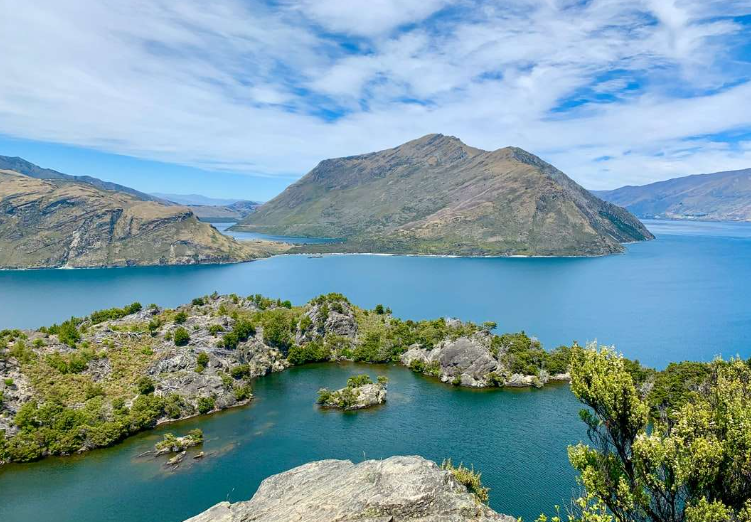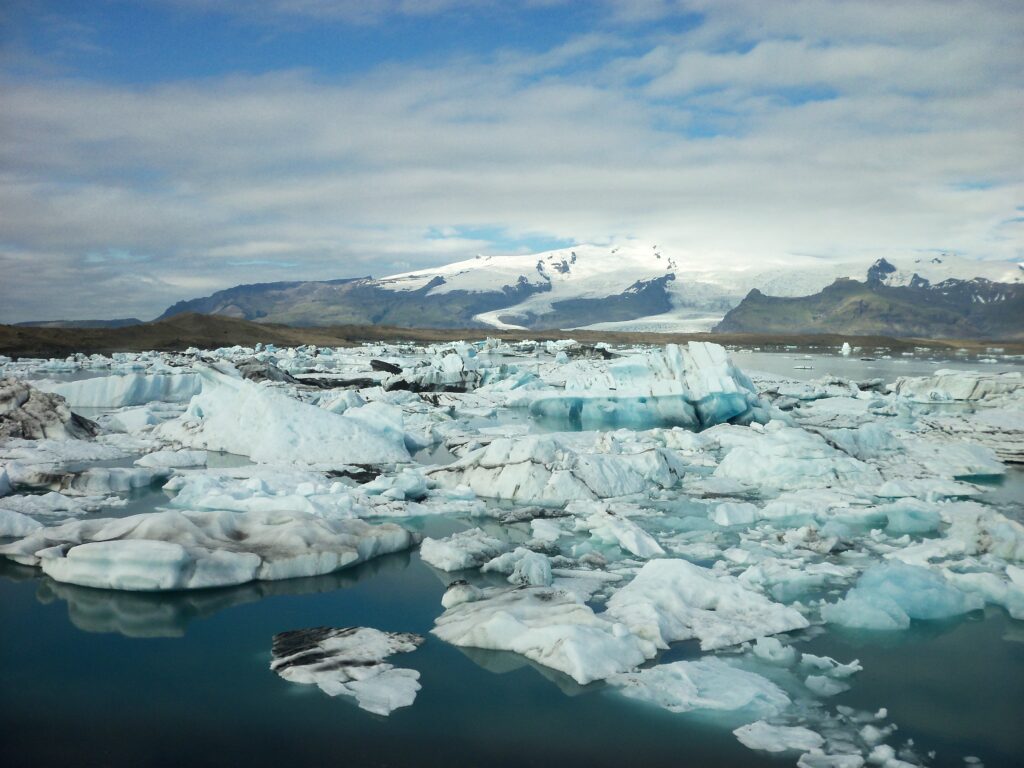Could climate change turn some blue lakes green or brown!?

Some picturesque blue lakes may not be so blue in the future, thanks to climate change. In the first global count of lake color, researchers estimate that about a third of Earth’s lakes are blue, but if average summer air temperatures rise by a few degrees, some of those crystal clear waters could turn a cloudy green or brown, reports the geophysical research team.
The changing hues could alter the way people use those waters and offer clues about the stability of lake ecosystems. The color of the lake depends in part on what is in the water, but factors such as the depth of the water and the use of the surrounding land are also important. Compared to blue lakes, green or brown lakes have more algae, sediment, and organic matter.


Scientists used satellite photos from 2013 to 2020 to analyze the color of more than 85,000 lakes around the world. Because storms and seasons can temporarily affect a lake’s color, the researchers focused on the most frequent color observed for each lake over the seven-year period. The researchers also created an online interactive map that can be used to explore the colors of these lakes.
The scientists then looked at local climates during that time to see how they might be related to the color of lakes around the world. For many small or remote bodies of water, temperature and precipitation records do not exist, instead the researchers also relied on retrospective climate forecasts calculated for each location in the world, which are pieced together from relatively sparse records.

Lakes in locations with average summer air temperatures below 19°C were more likely to be blue than lakes with warmer summers, the researchers found, but up to 14 percent of the blue lakes they studied are near that threshold. If average summer temperatures rise another 3 degrees Celsius, an amount scientists believe is plausible by the end of the century, those 3,800 lakes could turn green or brown; That’s because warmer water helps algae bloom more, which changes the properties of the water and gives it a greenish-brown tint.
The color of the lake can hint at the stability of a lake’s ecosystem, with changing shades indicating changing conditions for creatures that live in the water. One of the benefits of the new study is that it gives scientists a baseline to assess how climate change is affecting Earth’s freshwater resources. Continuous monitoring of the lakes could help scientists detect future changes.





Responses